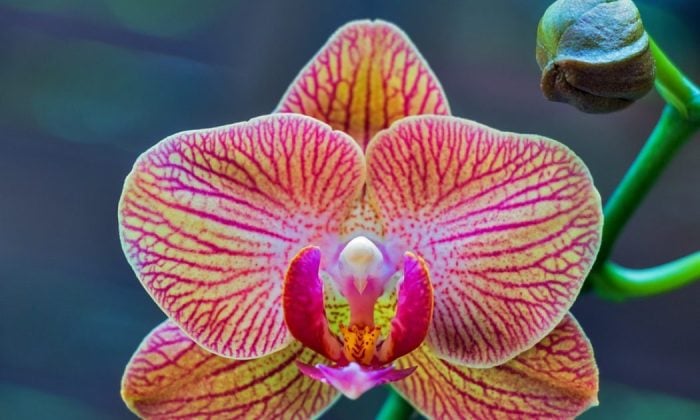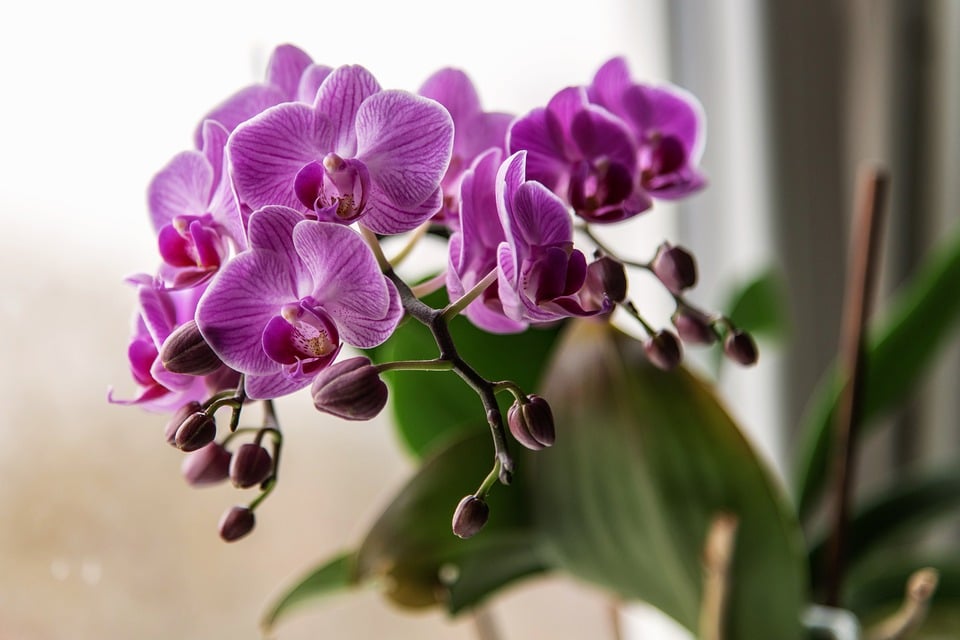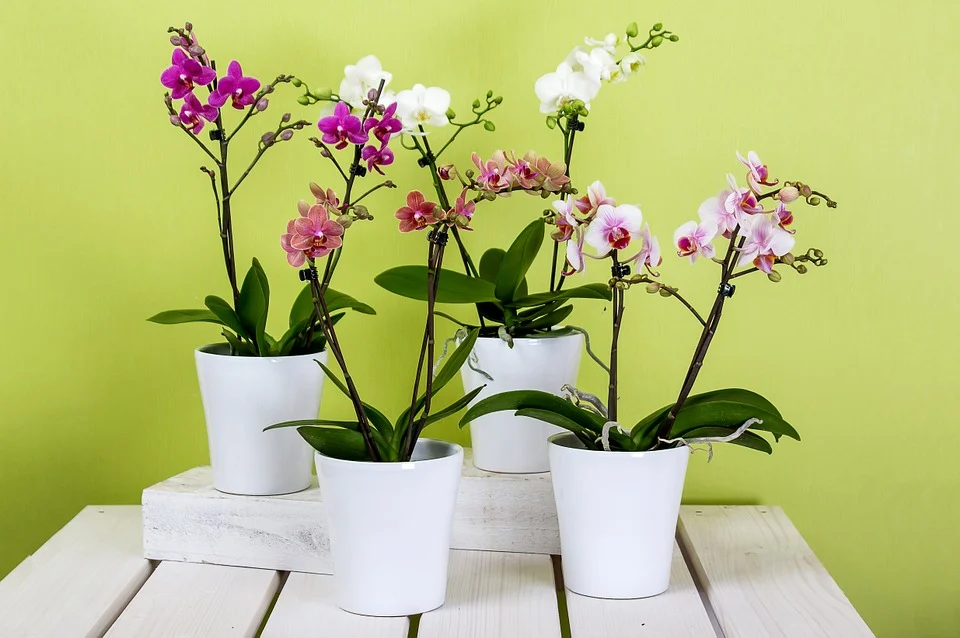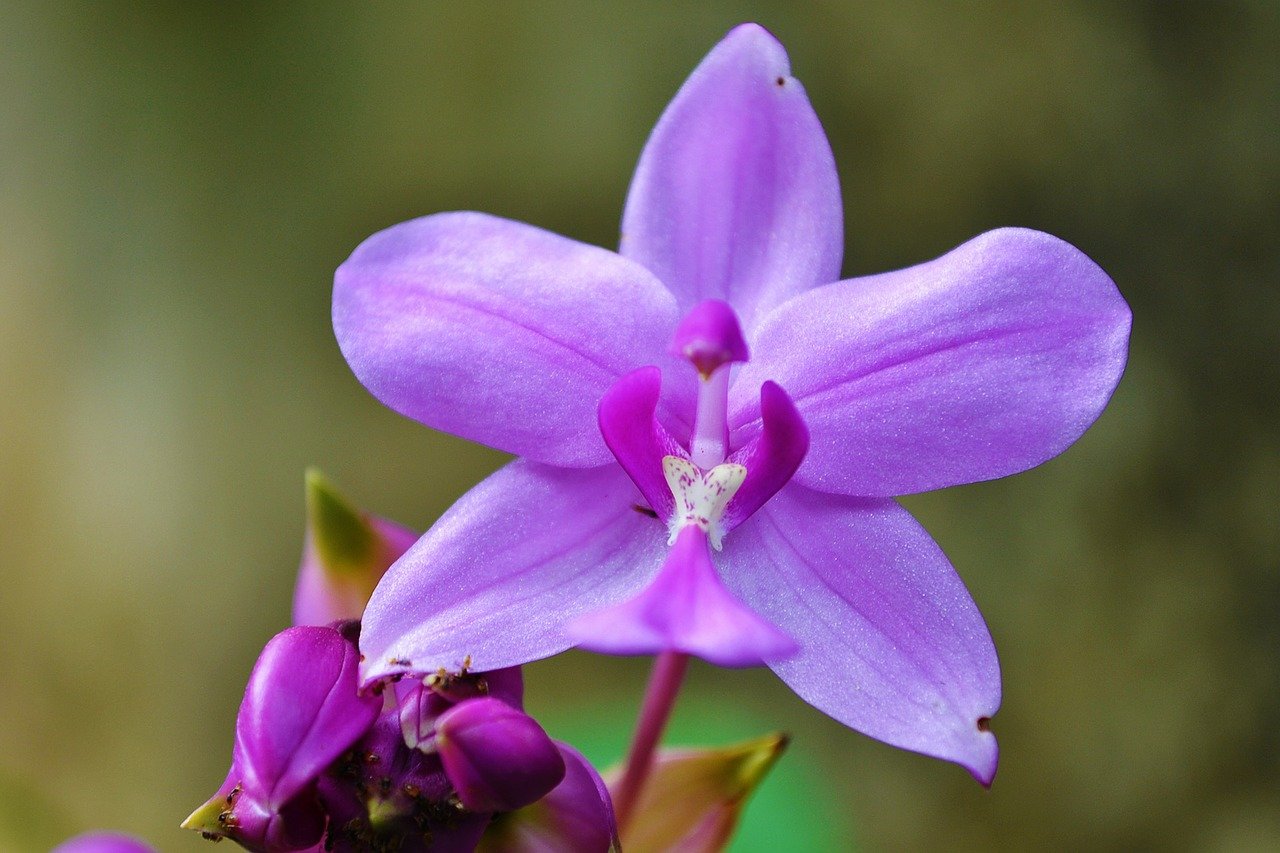Simple trick to “wake” overgrown orchid

Growing orchids is very popular hobby and indeed you can see real gems in many homes. But if you have been growing orchids for some time you know that it is quite possible that your orchid can stop growing for “some” reason. In this article we shall help you to bring your stubborn orchid back to life.
Checking the flower pot
First, make sure that the flowerpot is sufficiently large. An insufficient size of the flowerpot may be the reason why your orchid has become stubborn and why it is not doing well. So, if the flowerpot is small, transplant it.
Stem colour
If stems, which had flowers are no longer green, wait few weeks and if no change occurs, remove them.
How to transplant an orchid
It is strongly recommended tosubmerge the pot in water for a while and after the pot has soaked the water, turn it upside down, tap on it and the soil should come right out. Cut off dried or damaged roots before replanting. You also need to disinfect the cut – put a ground cinnamon on it. It disinfects the wound and it will heal faster.
Photo: Pixabay
Important photosynthesis
Yes, photosynthesis is very important so, do not forget that it also occurs inside the roots of your plant. Therefore, choose a transparent flowerpot and of course, it should be bigger than the last one.
Soil
Fill it with a substrate that has been specially designed for orchids Place the plant in the pot and of course, all the roots should fit in the pot, if possible. Cover with soil and press in lightly. If you have a root sticking out of the pot, cut it off and again, cover it with a ground cinnamon.
Photo: Pixabay
How much sun?
In general, orchids don’t like sun and as a matter of fact they even hate direct sunlight! Make sure to put your orchids on a window that faces east or west.
Watering
Orchids should be watered once a week and you should do that by immersing the orchid in water or you can “shower” them. Put the flowerpot under a shower cap but make sure the water is at a room temperature. Do not use cold water. Once the soil in the flowerpot is fully soaked stop and let the excess water drain away. Water droplets should not remain on leaves and around the lower part of the roots.
Photo: Pixabay
Fertilization
You should fertilize once or twice a month but only during active development. As an alternative to fertilizers, you can use a teaspoon of sugar dissolved in water and soak your orchid in it.
Growing location
The ideal place is in a cooler room, where the night temperature remains in the range from fifteen to eighteen degrees Celsius. A transition to the resting stage is different for each species and the difference between day and night temperatures is important for flowering. At night, the temperature should drop by at least 4 to 5 degrees Celsius.
Preview photo: Pixabay

Gardening is my hobby, I have a lot of experience and I am happy to share it.











0 comments